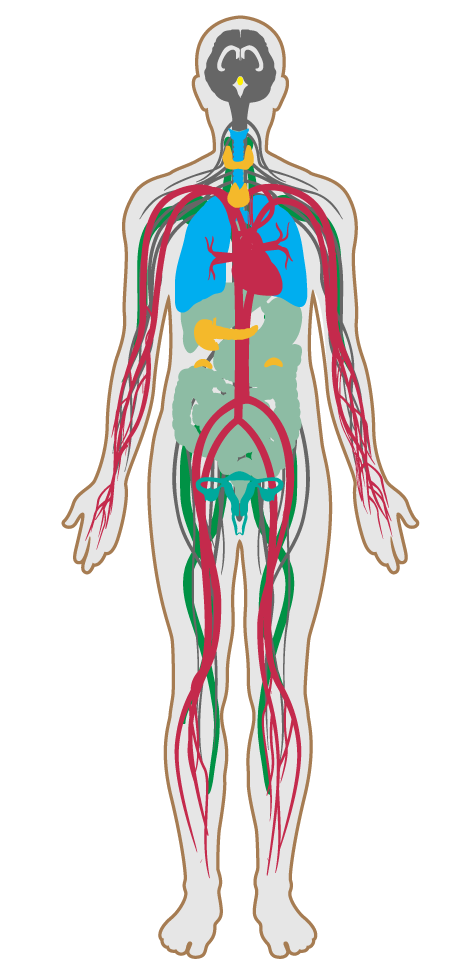Material transparency
- 84 Health and wellness awareness
- 85 Integrative design
- 86 Post-occupancy surveys
- 87 Beauty and design I
- 88 Biophilia I - qualitative
- 89 Adaptable spaces
- 90 Healthy sleep policy
- 91 Business travel
- 92 Building health policy
- 93 Workplace family support
- 94 Self-monitoring
- 95 Stress and addiction treatment
- 96 Altruism
- 97 Material transparency
- 98 Organizational transparency
- 99 Beauty and design II
- 100 Biophilia II - quantitative
- P5 Health through housing equity
- P6 Education space provisions
Material transparency
To promote material transparency along the supply chain.
BACKGROUND
Just as consumers have a right to know the contents of the food they consume (whether to avoid allergic reactions or to make healthier nutrition choices), they should also have a right to know what is in the products and materials that make up the buildings they occupy. Due to the complex and multi-tiered nature of the global material production supply chain, little is known about the tens of thousands of chemicals in circulation today. This lack of data obscures necessary information required to identify potential hazards to the environment and human health. Demand for material ingredient disclosure at the consumer level pushes supply chain transparency and—even more importantly—supports innovation and green chemistry.

